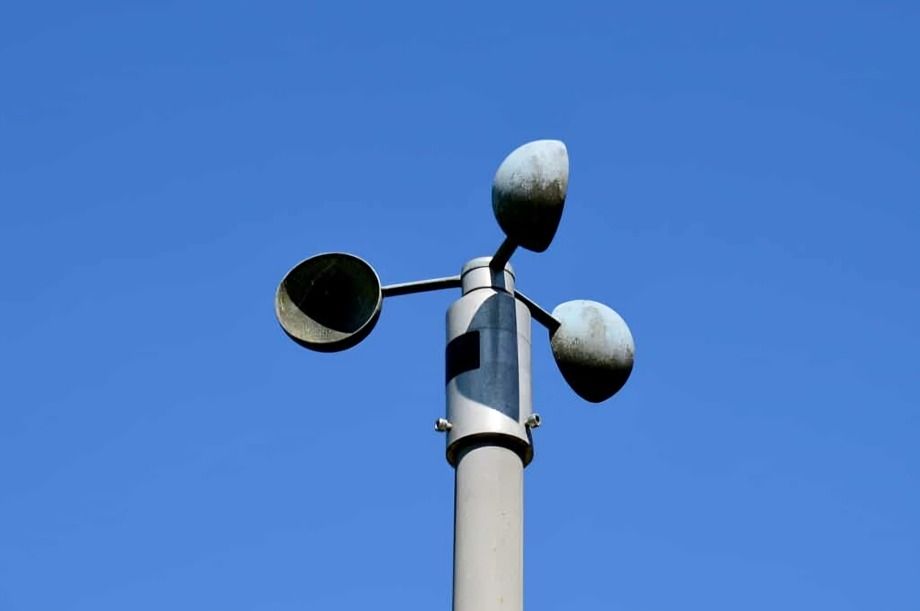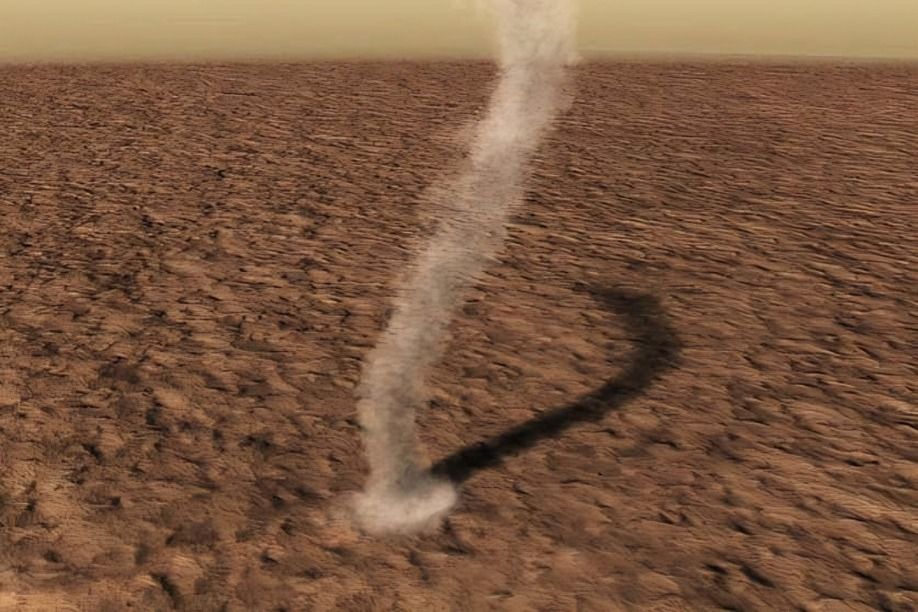
“
This blog will cover all windy weather facts that you want to know. When sunlight warms the Earth’s surface, the air near the ground also heats up. Warm air rises, creating a low-pressure area. Cooler air rushes in to replace it, resulting in wind. The greater the temperature difference, the stronger the wind blows. Let’s delve into the captivating world of wind weather!1
1
”
Wind is created by the sun's uneven heating of the Earth's surface, which causes variations in air pressure. These pressure differences move air masses from high to low-pressure areas, giving rise to the gentle breezes and strong gusts we experience daily. 1
Wind speed varies greatly, from the softest breeze moving at just a few kilometers per hour to the extreme gales exceeding 300 mph during tornadoes. This wide range of wind speeds influences everything from weather patterns to landscape changes. 2
On May 3, 1999, scientists from the University of Oklahoma used the “Doppler On Wheels” mobile weather observatory to record a wind speed of 486 kilometers per hour (302 miles per hour) associated with a large tornado near Bridge Creek, Oklahoma, USA. 3
Local winds, such as the sea breezes that cool coastal areas during the day or land breezes that gently move through areas at night, demonstrate the daily rhythm of nature’s air movements, influenced by temperature differences between land and water. 4
On September 30, 2021, the Saildrone Explorer SD 1045 achieved a remarkable feat by measuring a wind speed of 109.83 knots (203.4 km/h; 126.4 mph) as it passed through the eyewall of Category 4 Hurricane Sam. 5

Anemometers measure wind speed by spinning in the wind, while wind vanes indicate the direction of the wind. These instruments are essential for meteorologists, providing vital data to understand and predict weather conditions accurately.
Wind energy uses the power of moving air to generate electricity. Wind turbines convert the kinetic energy of the wind into electrical power, offering a sustainable and renewable energy source that helps power homes and cities around the world. 6
During the day, warm air over land rises, creating wind as cooler air moves in to replace it. At night, this process reverses due to differential cooling rates between land and water, leading to a shift in wind direction known as the land-sea breeze effect.7
Sirocco winds, blowing from the Sahara Desert, carry warmth and dust across vast distances. These winds can create hot and hazy conditions in places far from their origin, affecting the weather and visibility in the regions they traverse. 8
Foehn winds occur on the leeward side of mountains and bring warm, dry air down into valleys. These winds rapidly melt snow and can cause significant temperature changes in mountainous regions, creating a dramatic shift in weather conditions.9
Microbursts are sudden, powerful downdrafts of air that strike the ground with intense force. These localized bursts of wind can be particularly dangerous, as they can challenge aircraft during landing and takeoff and cause damage to structures. 10
Wind chill refers to the feeling of cold experienced due to the wind's ability to strip away heat from exposed skin. This effect makes it feel colder than the actual air temperature, highlighting the wind's influence on our perception of cold weather. 11

Dust devils are small, swirling columns of air that lift dust and sand from the ground in arid environments. They typically form on hot, sunny days when the ground heats up unevenly, creating localized updrafts.
Chinook winds, originating from the Rockies, are warm and dry winds that descend the mountainsides. They rapidly melt snow and alter the weather, providing a quick and noticeable change in temperature in regions where they occur. 12
Trade winds are steady winds that blow from the east across tropical oceans. These winds have historically guided sailors and explorers across the seas, carrying them toward distant lands and facilitating maritime trade and discovery. 13
Jet streams are high-altitude, fast-moving air currents that flow from west to east. These powerful winds influence weather patterns and flight routes, allowing aircraft to save fuel and time by riding along their swift currents. 14
Mistral winds, originating from the north in southern France, are strong and cold winds that sweep through valleys and vineyards. Their powerful gusts can significantly impact local weather and agriculture, adding a distinct element to the region's climate. 15
Katabatic winds are gravity-driven winds that flow downhill from high elevations, bringing extremely cold air with them. These winds shape icy landscapes in polar regions, carving out features and contributing to the harsh, frozen environments. 16
Wind erosion gradually shaped Earth's surface by removing soil and rock through the force of moving air. Over time, this erosion creates distinctive landforms like dunes and canyons, illustrating the wind's role as a sculptor of the natural world. 17
Understanding wind safety is crucial for preparing for and responding to extreme weather events. Being informed about wind patterns and their potential impacts helps turn the challenges posed by strong winds into manageable and respectful safety measures. 18


